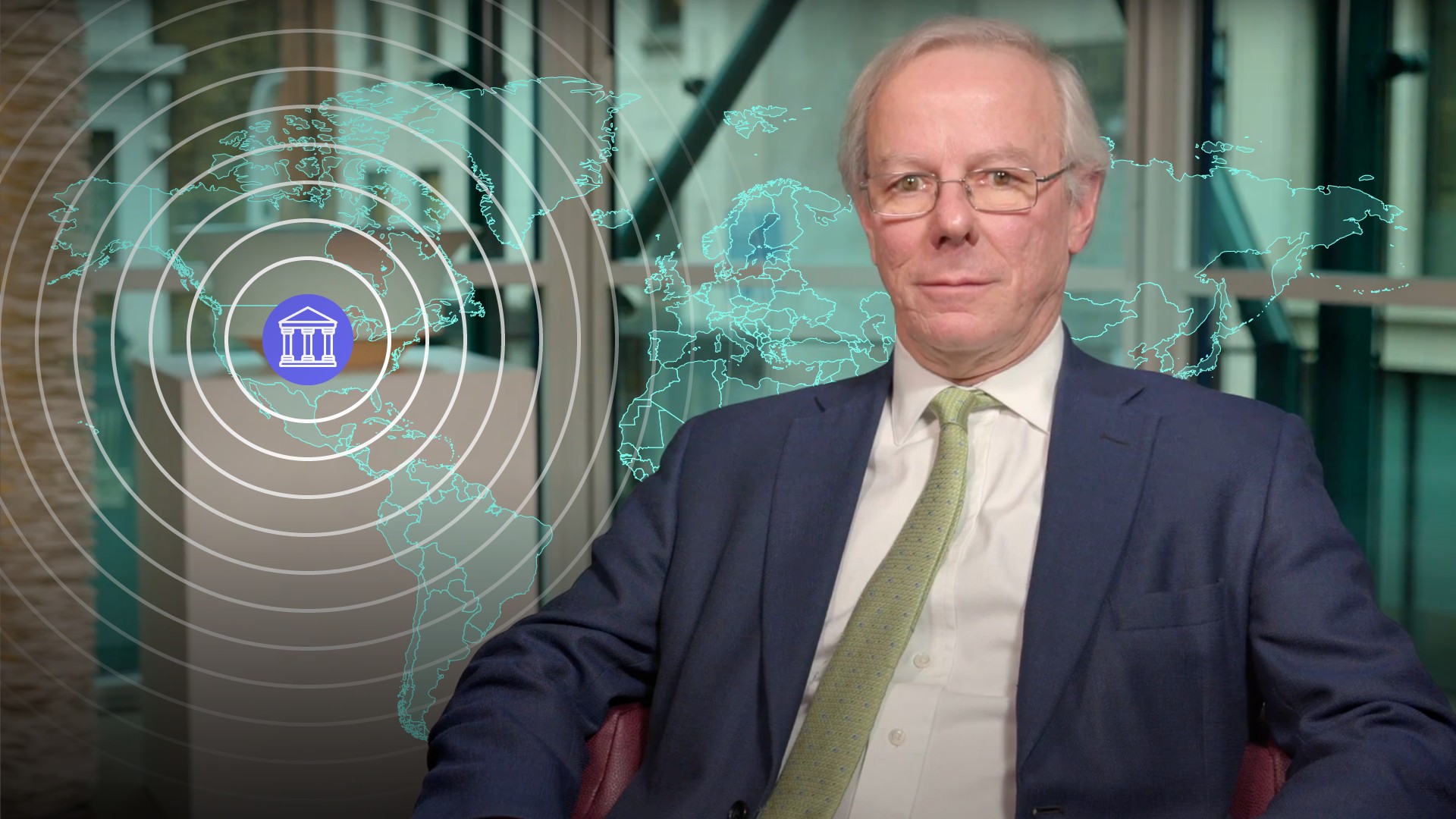
Unregulated Leverage and the 2008 Financial Crisis

Rob Baston
35 years: Securitisation
Rob provides a background to the current banking system by discussing how money is created, and how it impacts ROE and bank regulation.
Rob provides a background to the current banking system by discussing how money is created, and how it impacts ROE and bank regulation.
Subscribe to watch
Access this and all of the content on our platform by signing up for a 7-day free trial.

Unregulated Leverage and the 2008 Financial Crisis
14 mins 3 secs
Key learning objectives:
Define money, and identify where it comes from
Understand how the crisis impact Northern Rock
Understand how bank regulation impacts ROE and leverage
Overview:
Under Basel I, securitisation not only provided banks with plentiful cheap funding to lend, but also allowed banks to reduce the capital they required for the assets they sold to securitisation companies. This led to a spiral of increasing leverage in the banking and investor or shadow banking systems.
Subscribe to watch
Access this and all of the content on our platform by signing up for a 7-day free trial.
How did the securitisation market perform prior to the financial crisis?
A few weeks prior to the global financial crisis, it had been easy to use the securitisation market to raise billions of pounds, euros or dollars cheaply - investors queued to buy and money seemed available in inexhaustible quantities. However, from the start of that July, it seemed suddenly investors were keen to sell, no-one seemed keen to buy, and prices of bonds began to fall.How did the crisis impact Northern Rock?
A couple of months later, the UK had its first bank run in over 100 years. Individual savers queued in the streets waiting to withdraw their savings from the Northern Rock Bank. The Rock was one of the biggest providers of residential mortgages in the year up to the end of June 2007. They lent nearly £19bn more than its borrowers had repaid. Its mortgage assets expanded by nearly 28%.
The Rock used securitisation to raise much of the money it needed to lend to house buyers, but the money had gone. It couldn’t raise any more money, and it looked like it couldn’t meet its commitments to lend or even repay the deposits people were queuing to withdraw. The Treasury and the Bank of England had to lend the Rock £27bn, and they wanted it back quickly.
What is money, and where does it come from?
Money, to be precise, commercial money, the practical money we all need to use, is created by banks and not by central banks. When banks lend, they create assets and liabilities on their balance sheets - they create deposit accounts which they owe to their customers. Their customers can spend the money in those deposit accounts.
Some banks lend more than their customers want to keep deposits with them. Others find they can’t lend money out as fast as customers lend them the deposit money. The latter have to lend to the former to make the system balance (plumbing).
What is bank regulation?
How much money banks can create is constrained by regulation. Bank regulation is about constraining the amount a bank can lend for each pound of shareholders’ equity that bank has.What is return on equity, margins and leverage?
- Return on equity - equals the margins made on lending times the amount of lending, divided by the amount of equity a bank has.
- ROE = margin x amount of assets/equity
- ROE = margin x leverage
- Leverage = assets/equity
- Margin - is the amount a bank can earn from the interest it is paid on the loans it makes, less the costs it incurs - these include: interests paid on deposits, other funding, operating costs, taxes and so forth.
How did Bank regulation impact ROE and leverage?
Basel I rules and its interaction with securitisation provided banks with a major opportunity to create more money. The Basel I rules were revised into Basel II before the crisis, but its implementation was not yet complete. These revisions meant each pound of equity could support more and more lending, leading to more money creation.
Basel I and securitisation, and then Basel II made it straightforward to increase leverage - simply lend more money to create more money. The UK banking system created new money equal to 10% of GDP, £120bn, and lent it all to homeowners.
What are the two ways financial assets can be accounted for?
- On the basis that they are held long-term, to collect interest and eventually to be repaid
- They might be sold to make a profit
What are the changes to the regulatory capital rules designed to do?
- Improve banks’ short-term liquidity
- Improve banks’ ability to repay their short-term creditors
- Increase banks’ capital
- Decrease banks’ leverage
Subscribe to watch
Access this and all of the content on our platform by signing up for a 7-day free trial.

Rob Baston
There are no available Videos from "Rob Baston"



























